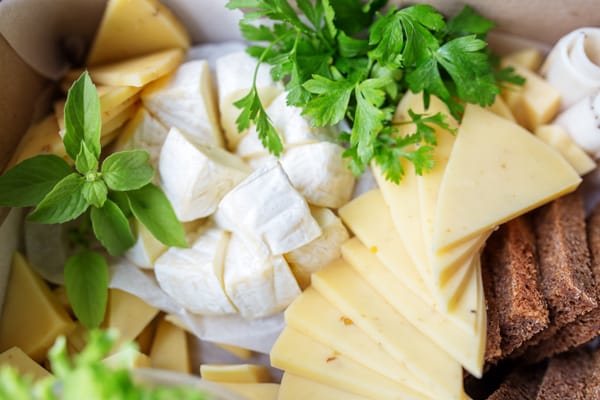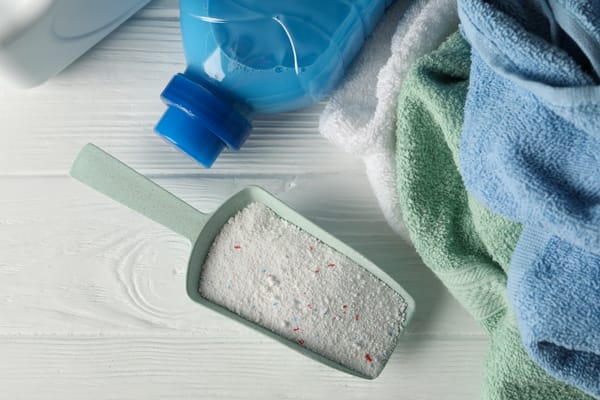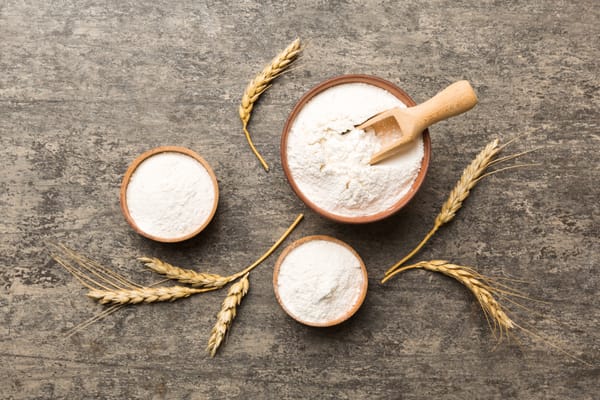A Comprehensive Guide to Lentils (Daal) in Pakistan
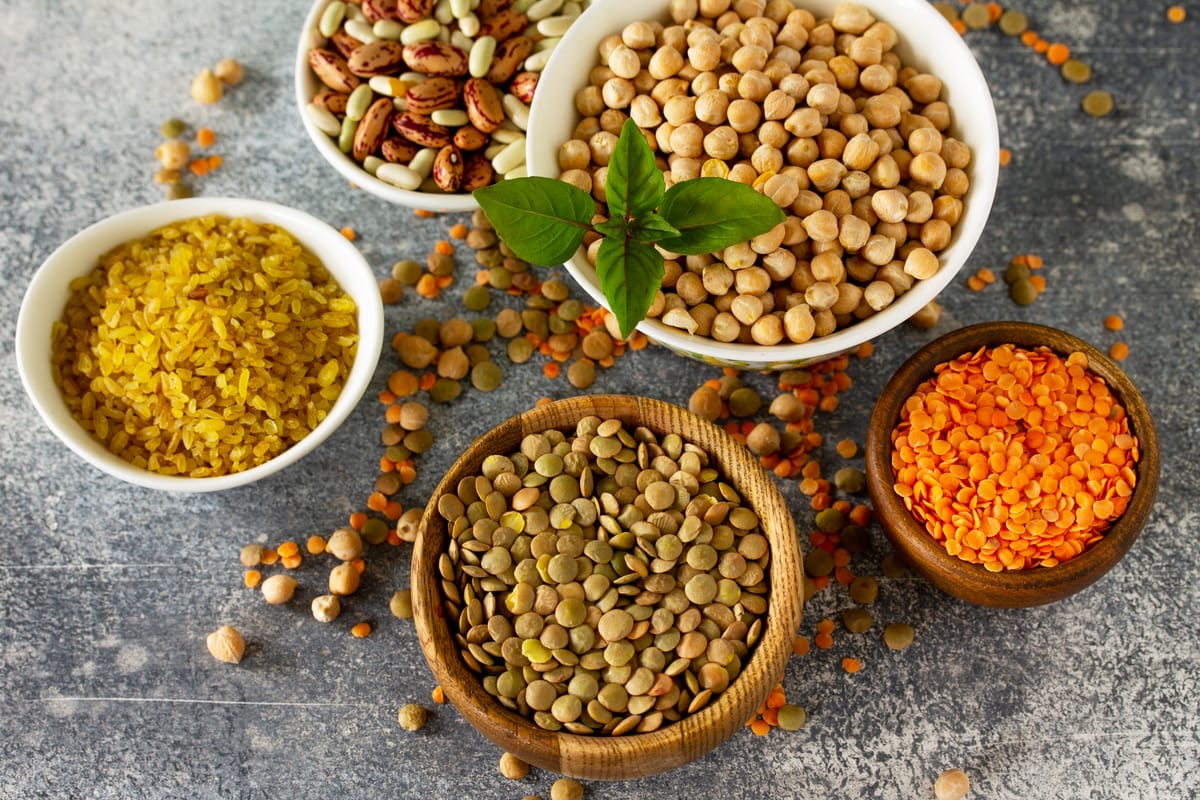
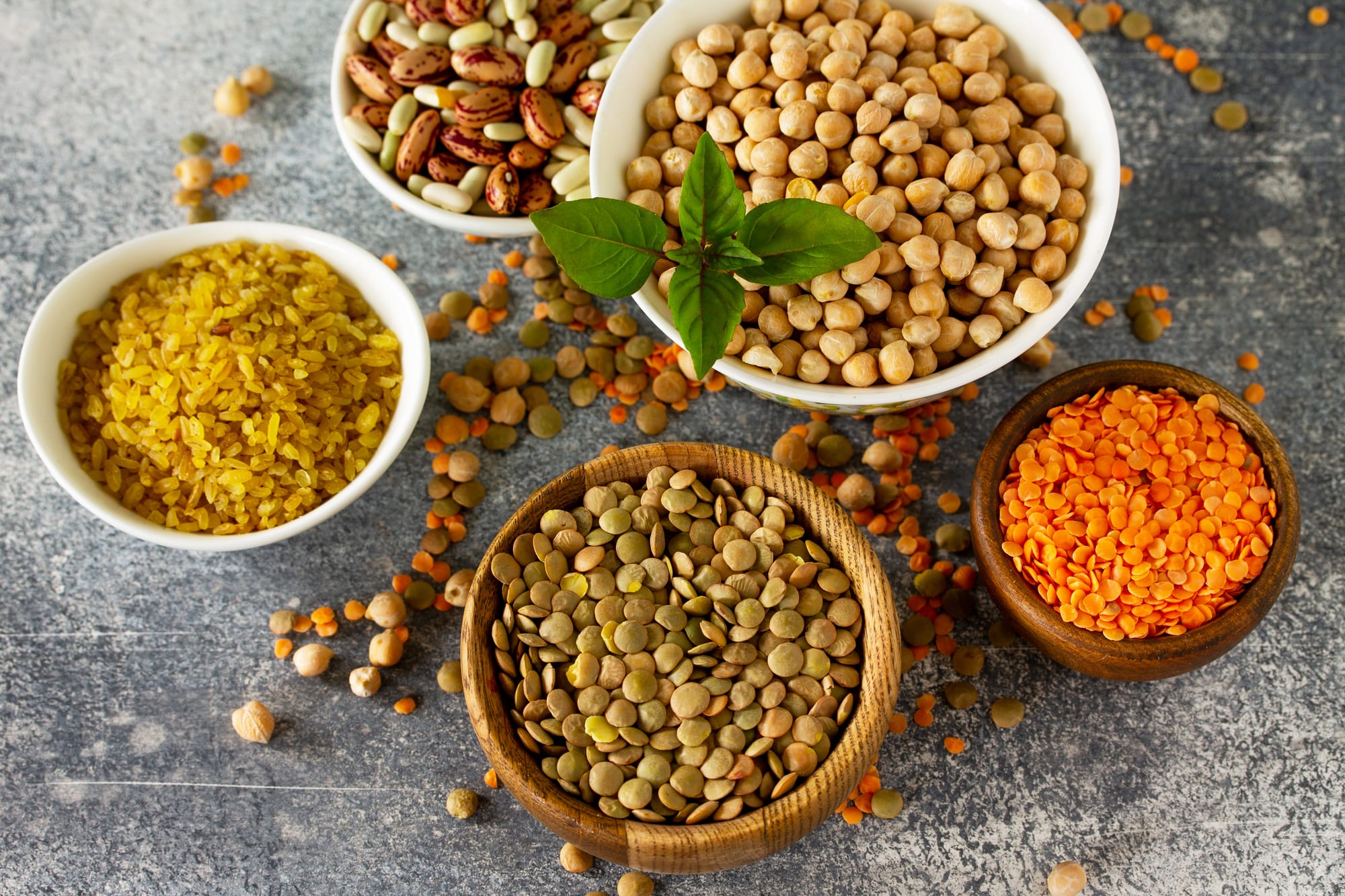
In almost every Pakistani household, daal (lentils) holds a special place. Whether it’s a comforting plate of daal chawal on a busy weekday or a flavourful daal ghost prepared for a dinner dawat, lentils are both versatile and nutritious. They’re rich in protein, fiber, and essential minerals, making them a key part of our daily diet — especially for families looking for affordable yet wholesome meals.
This guide covers the most common types of daal in Pakistan, their benefits, and how they’re enjoyed in Pakistani cuisine.
Why Lentils Are So Popular in Pakistan
No matter the colour, you will find daal in any and every Pakistani household. This is because:
- Nutrient-dense: Packed with protein, fiber, vitamins, and minerals.
- Budget-friendly: A cost-effective source of nutrition compared to meat.
- Versatile: Can be cooked in countless ways — from light meals to hearty family dishes.
- Comfort food: Few things are as satisfying as hot rotis or rice with a simple daal.
Popular Types of Daal in Pakistan
Masoor Daal (Red Lentils or Peeli Daal)
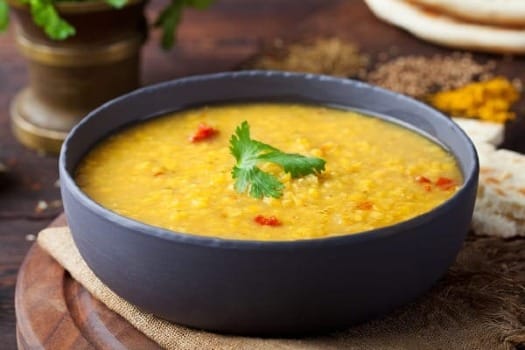
Masoor dal or masoor ki daal (also known as our favourite yellow or peeli daal) is one of the quickest lentils to cook, which is why it’s a staple in many households. Known for its mild flavour and beautiful orange-red color (which turns yellow after cooking), it’s easy to digest and pairs perfectly with rice or chapati.
- Benefits: Rich in iron, protein, and dietary fiber, making it great for energy and digestion.
- Popular Use: Simple masoor dal, often tempered with garlic and cumin.
Kaali Daal (Sabut Masoor Daal)
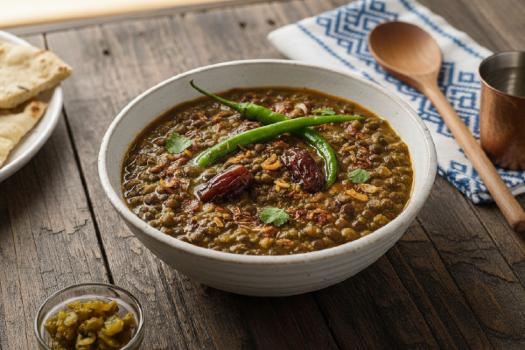
Kaali daal, or sabut masoor daal, is the whole version of red lentils with its dark outer skin intact. Unlike split masoor dal, it has a deeper, earthier taste and a thicker texture when cooked.
Benefits: High in protein, fiber, and essential minerals, making it both filling and nutritious.
Popular Use: Often slow-cooked for a hearty daal, enjoyed with naan or chawal. Some households also prepare it with a buttery tarka for extra richness.
Moong Daal (Yellow Lentils)
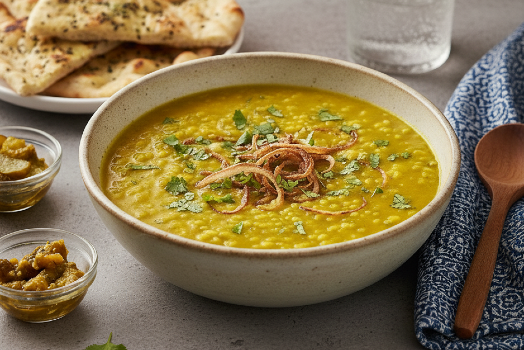
Moong ki daal is another popular choice, valued for being light and easy to digest. It comes in two varieties: split yellow and whole green. In many households, moong daal is mixed with masoor ki daal to make al.
- Benefits: High in protein, potassium, and B vitamins.
- Popular Use: Cooked as daal moong with turmeric and garlic, or as a part of moong masoor daal mixes.
Daal Mash (White Lentils)
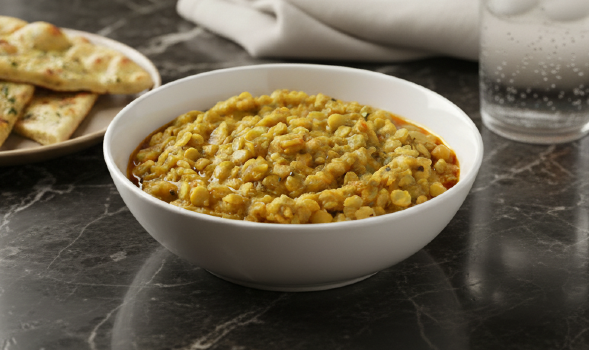
Also known as mash ki dal, this variety is creamy and rich when cooked. It’s often prepared with butter or ghee for indulgent meals.
- Benefits: Good source of protein, calcium, and iron.
- Popular Use: Saalans, sometimes served with naan or tandoori roti.
Daal Chana (Split Chickpeas)
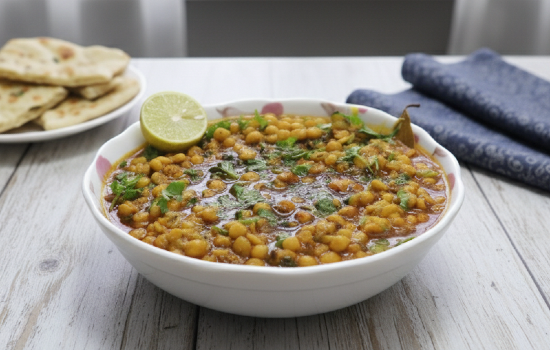
Chanay ki daal is hearty and filling, with a nutty flavour. It’s often cooked both on its own or with meat.
- Benefits: Packed with fiber, protein, and folate, making it very nourishing.
- Popular Use: Served with rice, or as a spiced lentil topped with tarka.
Mixed Daal
Many households love combining multiple lentils like masoor, moong, mash, and chana to create mixed daal. This not only improves flavour but also balances nutrition.
P.S. you can explore these daal varieties on Bazaar App and get them delivered straight to your doorstep the very next-day!
Health Benefits of Eating Daal
- High in Plant-Based Protein: Lentils are an excellent source of protein, especially for households that eat less meat.
- Fiber-Rich: Helps with digestion and keeps you fuller for longer.
- Affordable Nutrition: Compared to meat, lentils are budget-friendly while still being nutrient-dense.
- Versatile in Cooking: From curries to soups and even stuffed parathas, lentils can be adapted in many ways.
Eating daal regularly also contributes to heart health, improved energy levels, and balanced diets for both adults and children.
Cooking Tips for Perfect Daal
- Always soak daal for at least 30 minutes before cooking. This shortens cooking time and improves digestibility.
- Use a pressure cooker or instant pot if you’re short on time.
- Don’t forget the tarka — sautéed onions, garlic, and spices add the real flavour punch.
- Pair daal with roti, paratha, or chawal for a complete and satisfying meal.
FAQs About Daal in Pakistan
What is the best way to cook chanay ki daal?
The classic daal chana recipe combines split chickpeas (cholay) with onions, tomatoes, garlic, and green chilies for a hearty dish. It’s often topped with a tarka of cumin and red chili for extra flavour. Some households also add meat (like qeema) for a richer variation.
What is the difference between masoor dal and moong ki daal?
Masoor ki dal (red lentils) has a mild, earthy flavour and cooks quickly, making it perfect for everyday meals. Moong ki daal, on the other hand, is lighter and easier to digest, which is why it’s often recommended for kids or people recovering from illness.
Is mash ki daal healthy?
Yes, mash ki dal (white lentils) is packed with protein, calcium, and potassium. However, traditional recipes often use ghee or butter, which can make it heavier. For a lighter version, you can prepare a mash ki daal recipe with less oil while still enjoying its nutty flavour.
How many calories are in daal chawal?
The calories in daal chawal typically range from 300–400 per serving, depending on the type of lentils used and the amount of oil or ghee in the tarka. It’s considered a wholesome, balanced meal when eaten with moderation.
What are some easy beginner-friendly daal recipes?
For starters, try a simple dal masoor recipe with onions, tomatoes, and garlic, or a quick daal moong cooked with turmeric and cumin. Both are light, easy to prepare, and full of flavour.
Can I mix different lentils together?
Yes! Blends like moong masoor daal or mixed daal (masoor, moong, mash, and chana) are popular in many Pakistani homes. They give a richer texture and combine the nutritional benefits of different lentils.
What’s the difference between daal mash and dal masoor?
Daal mash is creamier and richer in taste, often made for special occasions with naan. Dal masoor, being lighter and faster to cook, is preferred for everyday meals and quick dinners.
From masoor dal to mash ki daal, lentils are more than just budget-friendly meals — they’re a core part of Pakistani culture and everyday nutrition. With so many types to choose from, you can enjoy variety while still keeping your meals healthy and satisfying.
